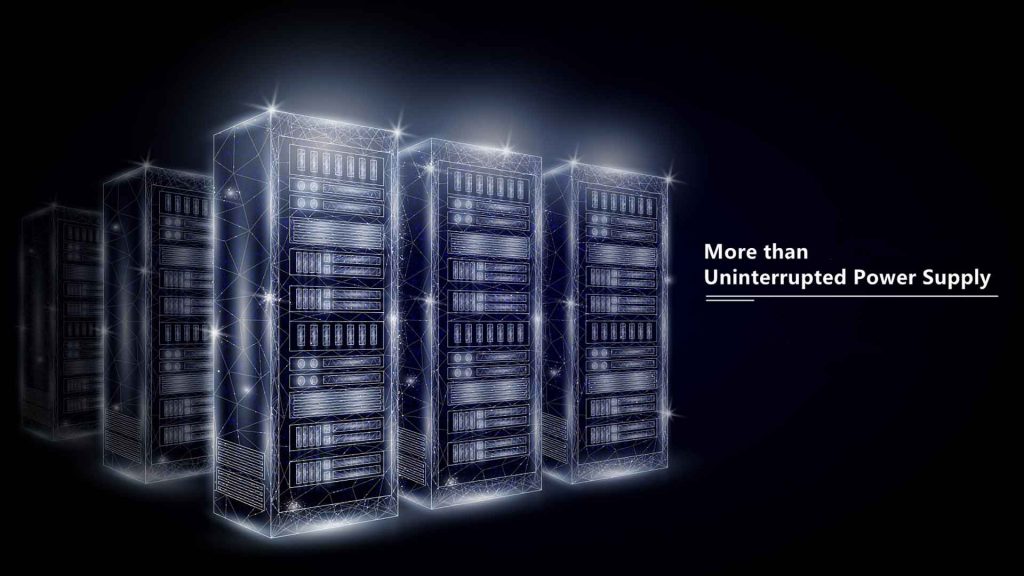
The data center obtains revenue by providing customers with services such as cabinet rental, bandwidth rental, server agent operation and maintenance, etc. For the data center, ensuring safe and reliable power and network supply are the two most basic functions of the data center, so the data center is equipped with uninterruptible power supply (UPS). UPS consists of UPS host and battery. When the mains power supply is normal, UPS supplies power to the load after “screening out impurities” and charges the battery at the same time; When the mains power is abnormal (power supply is interrupted), the battery is discharged and the load is supplied through UPS to ensure power supply. This traditional data center power standby mode has the following pain points:
1. High electricity expenditure.
2. High battery investment.
3. The battery is in floating charge for a long time and its health status is unknown.
Understanding the pain points of data center operation and UPS will help us know how to solve the existing problems. Thanks to the development of lithium battery and energy storage technology in recent years, the construction of energy storage data center has naturally become an important means to solve the above problems.
The data center adopts energy storage mode, which has the following advantages compared with the standby power supply of the traditional data center:
1. The battery investment can be recovered through peak shaving mode. In the application of energy storage data center , in addition to peak shaving, the battery also needs to ensure the standby time. Therefore, the discharge depth of the battery is generally controlled at about 50%, and about 50% of the remaining power is used to ensure the standby time. As we all know, the deeper the discharge depth of the battery, the shorter its cycle life. About 50% of the discharge depth can not only meet the requirements of the data center for the service life of the battery (10 years), but also ensure better peak shaving and valley filling benefits, and the performance meets the requirements perfectly. For the convenience of calculation, taking 1kwh backup power as an example, 2kwh needs to be configured, 1kwh is used to cut peak and fill valley, and the price difference of 0.12 USD as a reference. Charging and discharging once a day, 438USD (0.12USD*365days*10years) can recover almost all the cost of 2kwh. It can be seen from the calculation that by transforming the traditional UPS power supply into energy storage UPS voltage, not only the battery investment can be recovered, but also a large amount of income can be obtained within the battery life cycle, thus greatly saving the cost of the data center.
2. When the battery is discharged every day, the health status of the battery can be known through the cut-off voltage after discharge. The survey shows that the number one concern of data center operation and maintenance managers is standby power security. As mentioned above, the battery of a conventional data center is rarely discharged, and the battery state is unknown. For the battery, the cut-off voltage after discharge is the best indicator to reflect the health state of the battery. In the energy storage data center, the battery will discharge every day. The voltage after discharge is clear, which is easy to judge whether the battery is good or bad, it helps to eliminate bad batteries in time, and saves the cost of fake load test every year.
3. The data center obtains longer standby power time. Because several more batteries are configured, the standby time of the battery at the same power is much higher than that of the conventional configuration. Of course, the energy storage data center should be built where there is electricity price difference, and the greater the difference, the better the income.

